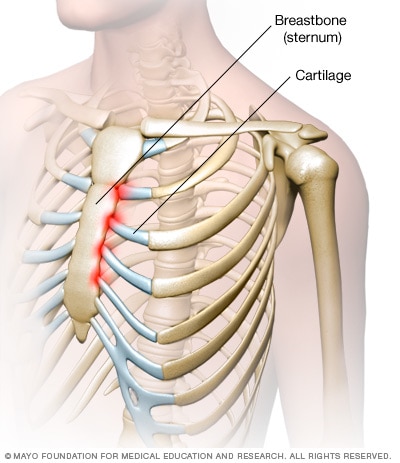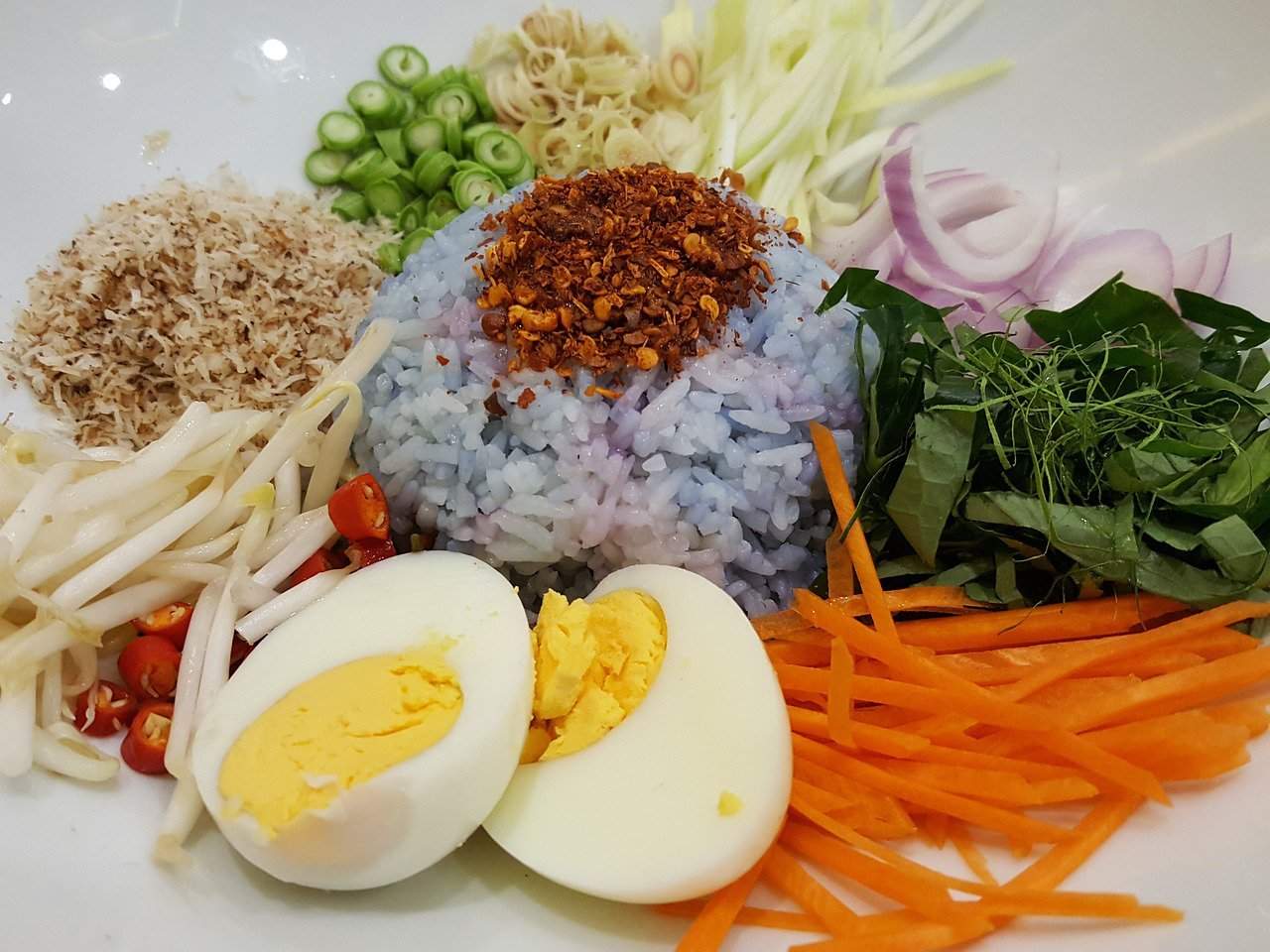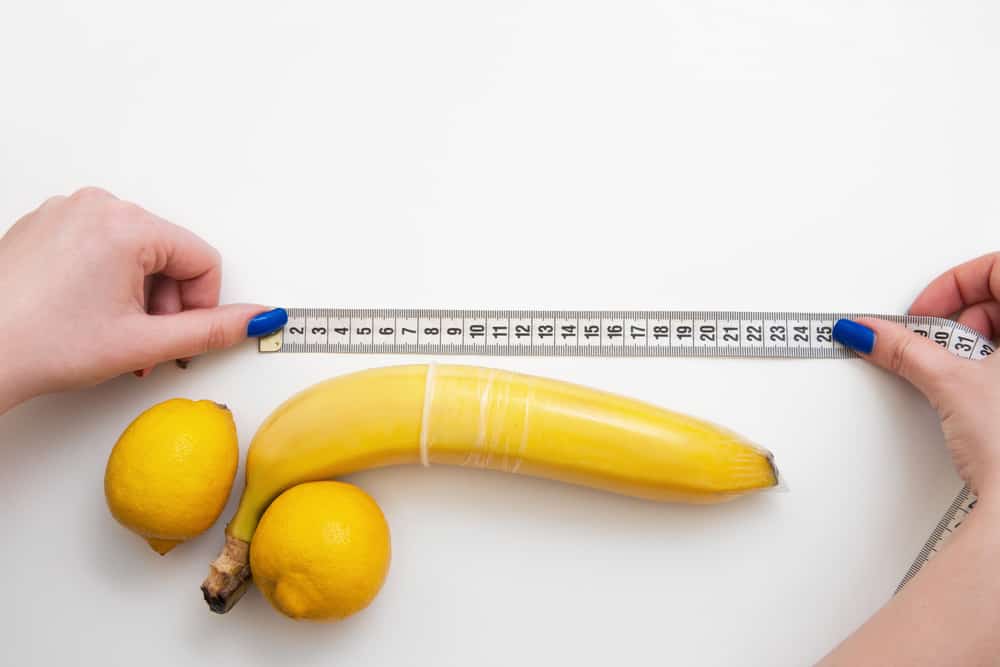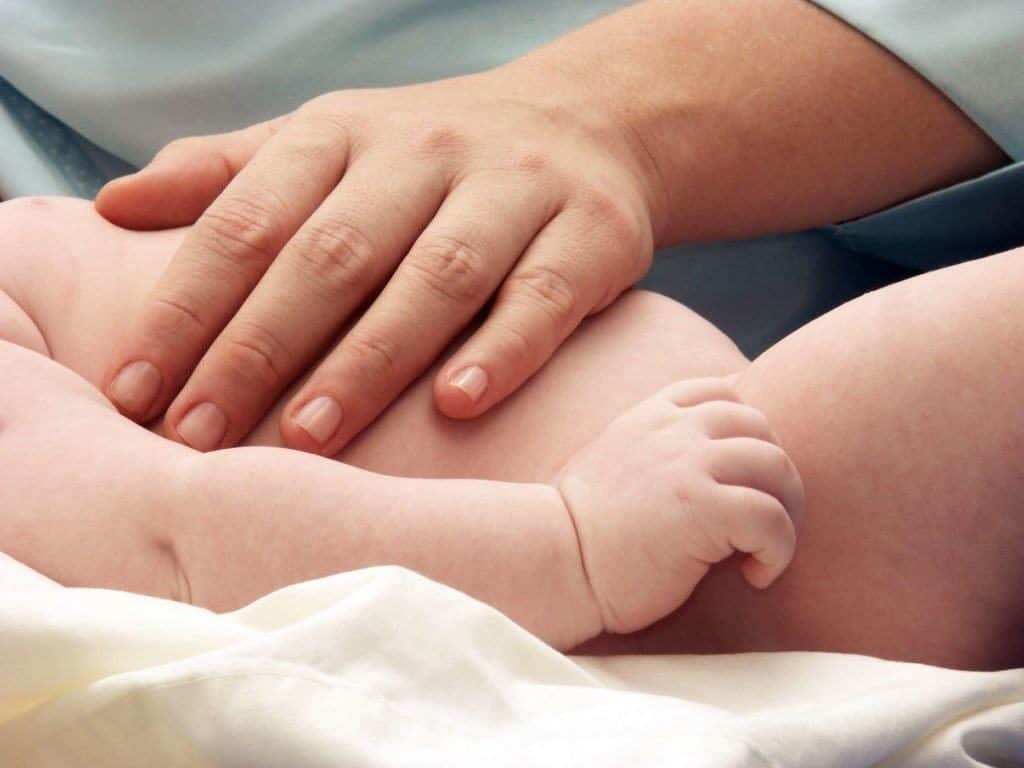Contents:
- Medical Video: What Is Costochondritis?
- Causes of costocondritis
- Costocondritis symptoms
- Various ways to treat costocondritis
- 1. Medicine
- 2. Therapy
- 3. Home care
Medical Video: What Is Costochondritis?
The rib cage is connected to the breastbone by a hard protective tissue, called cartilage (cartilage) When the cartilage is inflamed, you usually experience chest wall pain or in medical terms it's called costocondritis. Pain caused by costocondritis resembles a heart attack. The following are various causes and various treatment options.
Causes of costocondritis

The exact cause of costocondritis is sometimes unknown. However, here are some things that can generally cause pain in the chest wall.
- Injury. For example, an accident in driving or falling.
- Tension on chest. For example lifting heavy objects, strenuous exercise, and persistent coughing.
- Arthritis. For example osteoarthritis, rheumatoid arthritis (rheumatism), or ankylosing spondylitis.
- Joint infection Viruses, bacteria, and fungi (such as tuberculosis, syphilis and aspergillosis) can attack the rib joints.
- Tumor growth both cancerous and non-cancerous in the body near the chest such as the breast, thyroid, and lungs.
Costocondritis symptoms
Here are some symptoms that you will experience if you have costocondritis, namely:
- Pain that attacks the left side of the breastbone.
- Sharp and piercing pain is like being pressed.
- The pain is felt even more when taking deep breaths or coughing.
- Pain occurs in more than one rib
Various ways to treat costocondritis
Although this condition does not always require treatment, costocondritis can be treated in a variety of ways, from treatment to therapy.
1. Medicine
Nonsteroidal anti-inflammatory drugs (NSAIDs). Ibuprofen (Motrin IB) and naproxen sodium (Aleve) are non-prescription NSAIDs that you can buy at the nearest pharmacy. However, doctors will usually prescribe stronger NSAIDs to deal with severe pain.
Narcotics drug
Very painful pain will usually be treated with codin-containing drugs such as hydocodone-acetaminophen (Vicodin, Norco) and oxycodone-acetaminophen (Tylox, Roxicet, and Percocet).
Antidepressants
Tricyclic antidepressants such as amitriptyline, are often used to control chronic pain, especially if the pain disturbs your sleep.
Anticonvulsant medicine
The epabepsy drug Gabapentin (Neurontin) can also be used to treat pain due to costocondritis because it has been proven to successfully control chronic pain.
2. Therapy

Stretching exercises
Light stretching exercises for the chest muscles can help control and prevent more severe pain. You can practice it every day while adjusting your breathing patterns while stretching.
Nerve stimulation
The transcutaneous electrical nerve stimulation procedure (TENS) is carried out by sending a weak electric current through adhesive patches on the skin near the painful area. This is intended to disrupt and hide the pain signal and prevent it from reaching the brain.
3. Home care

Hot or cold compresses on the affected part for several times a day until you feel better. In addition, adequate rest can help control pain. Avoid activities and sports that can make the pain clearer.
If these various methods do not reduce pain, the doctor will give medication to numb the pain and also corticosteroids directly into the inflamed joint. In fact, if the pain does not go away, the surgical procedure can be done if it is the only best choice.













